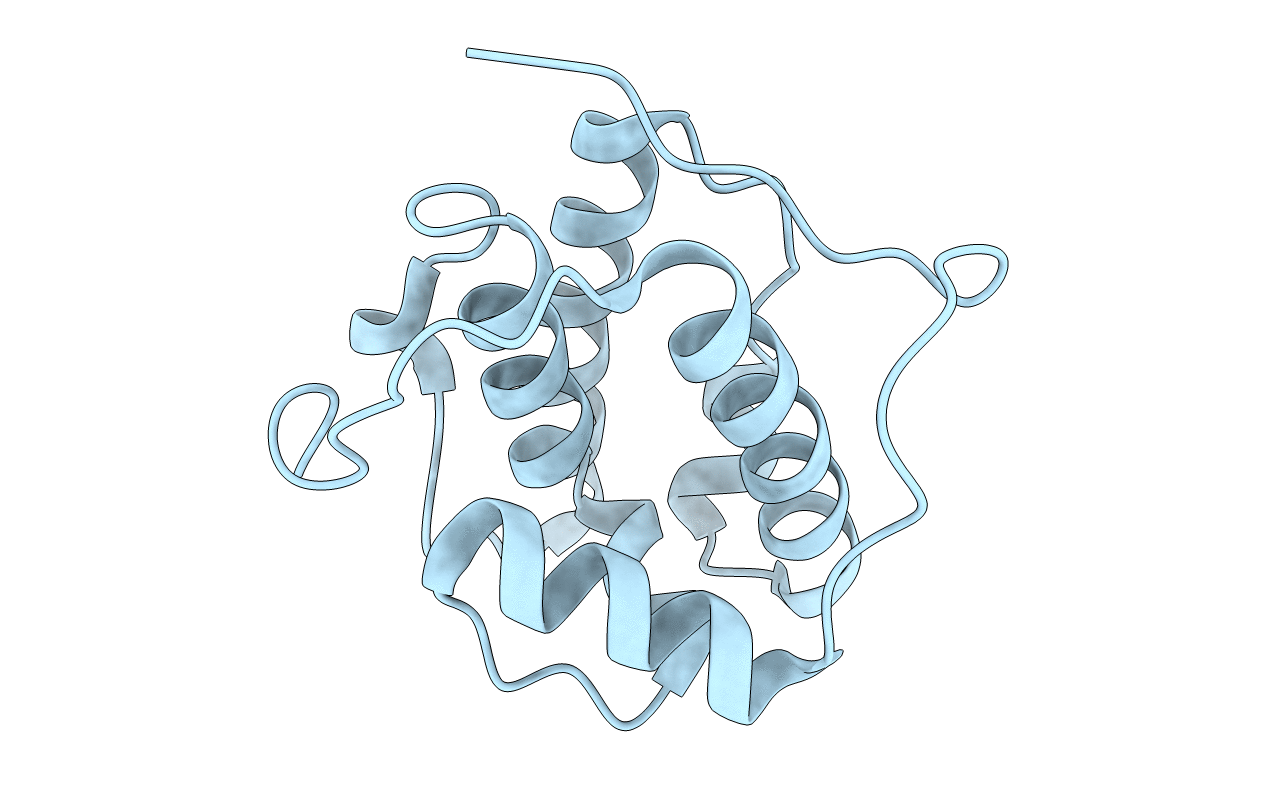
Deposition Date
2008-03-27
Release Date
2009-03-17
Last Version Date
2023-11-01
Entry Detail
PDB ID:
3CO1
Keywords:
Title:
Crystal structure of microtubule binding domain of human EB3
Biological Source:
Source Organism:
Homo sapiens (Taxon ID: 9606)
Host Organism:
Method Details:
Experimental Method:
Resolution:
1.40 Å
R-Value Free:
0.23
R-Value Work:
0.20
R-Value Observed:
0.20
Space Group:
P 21 21 2


